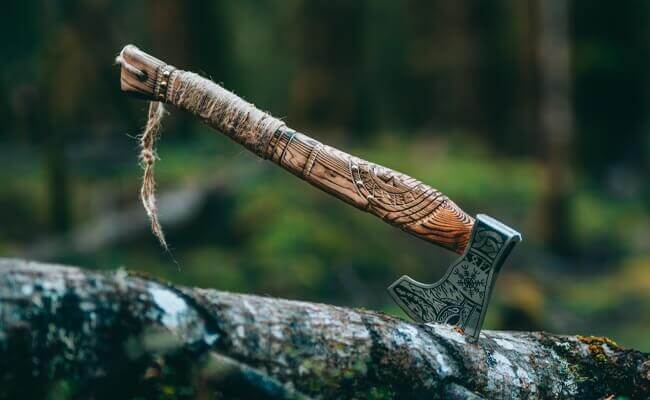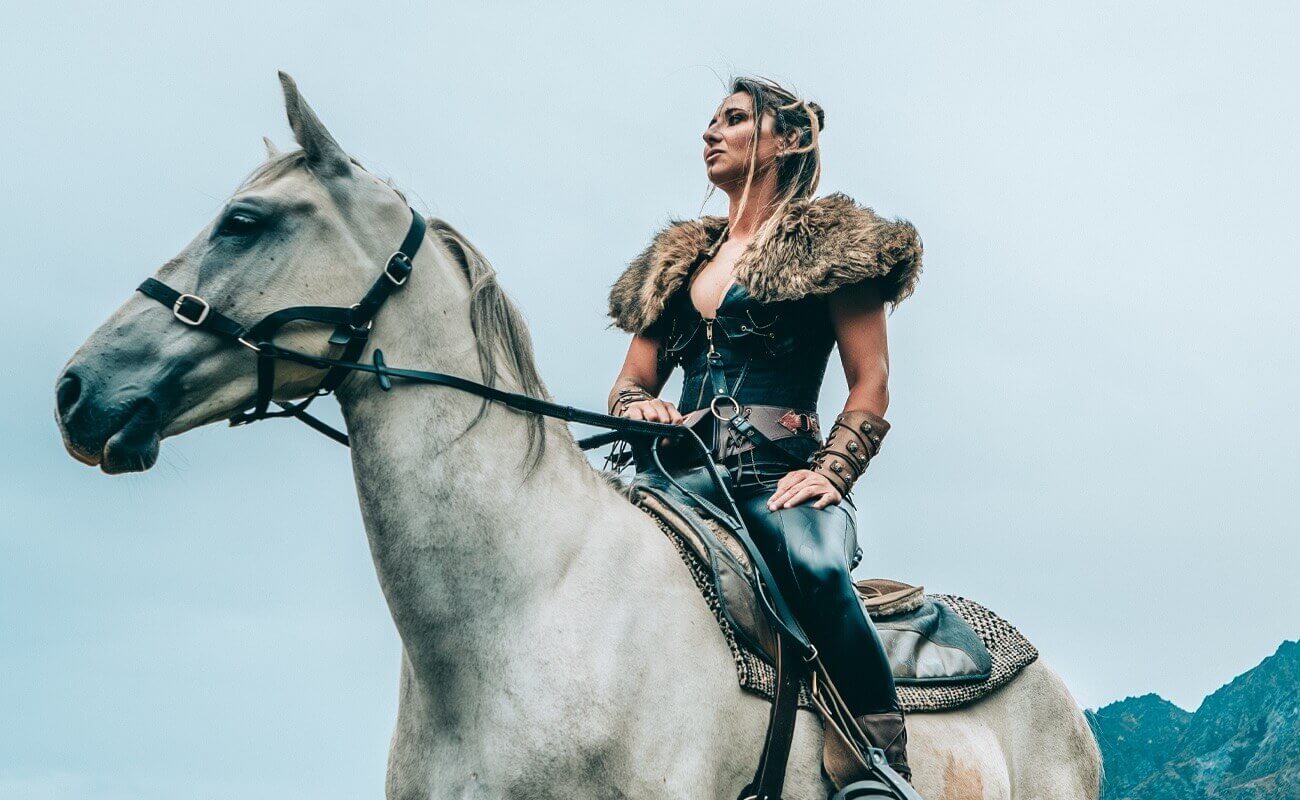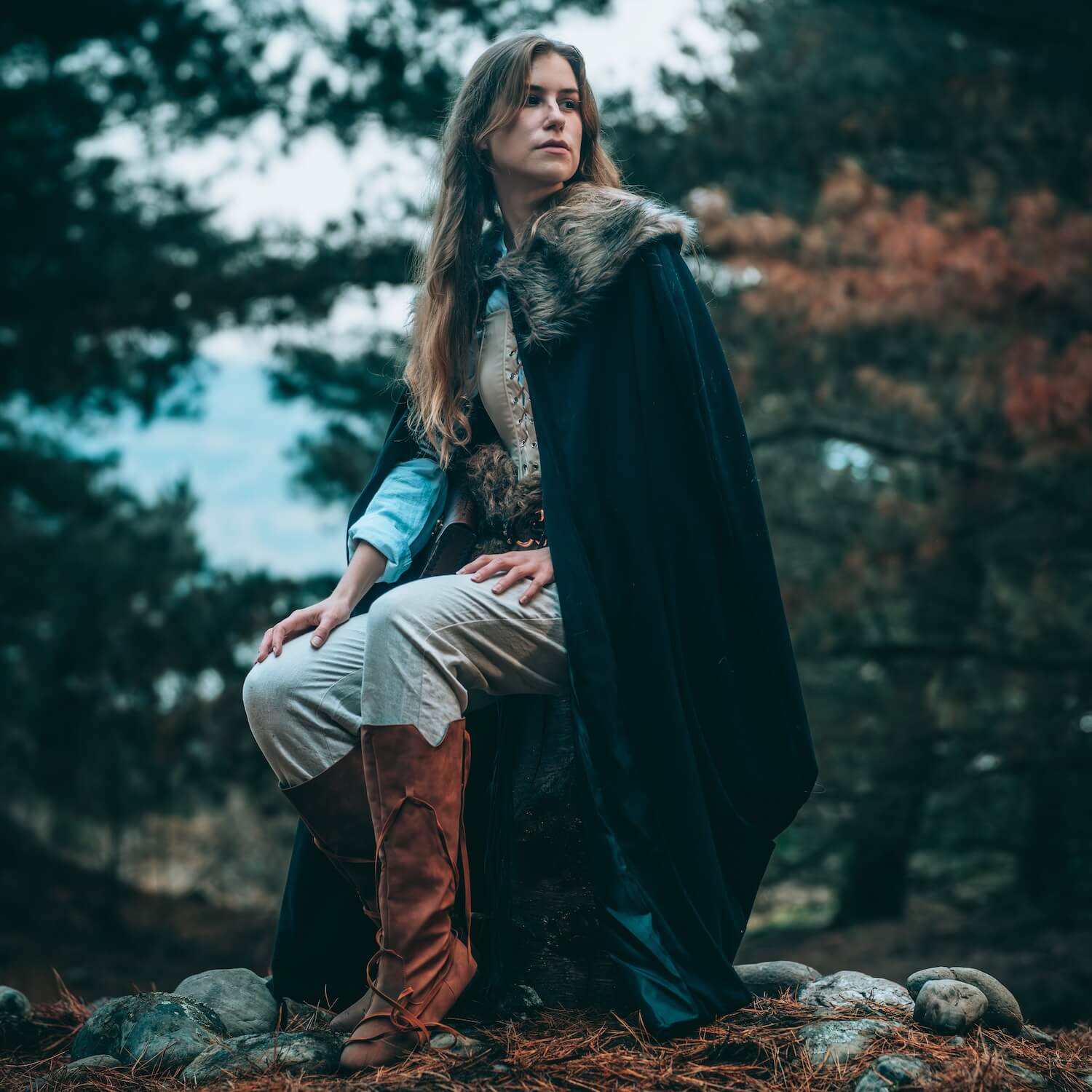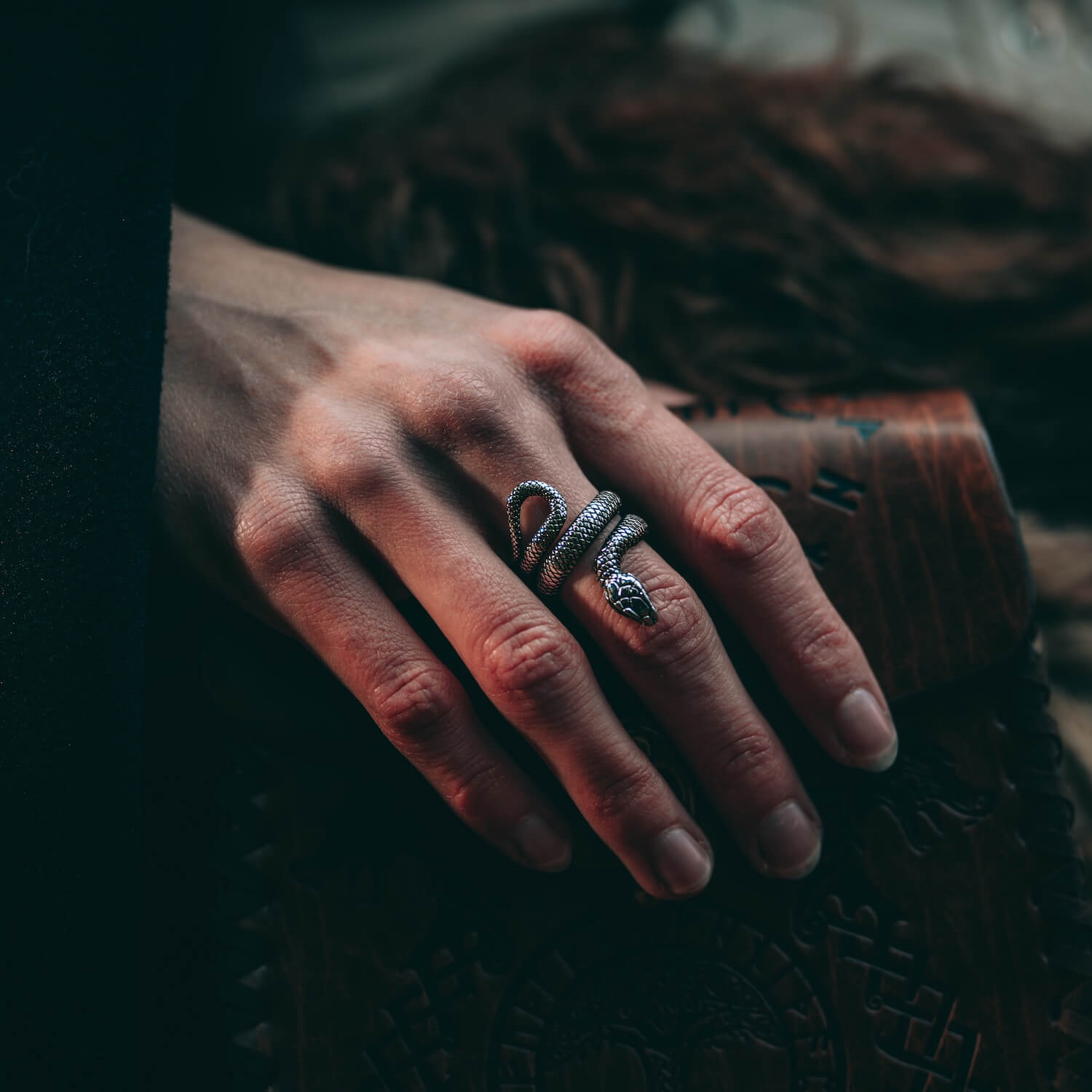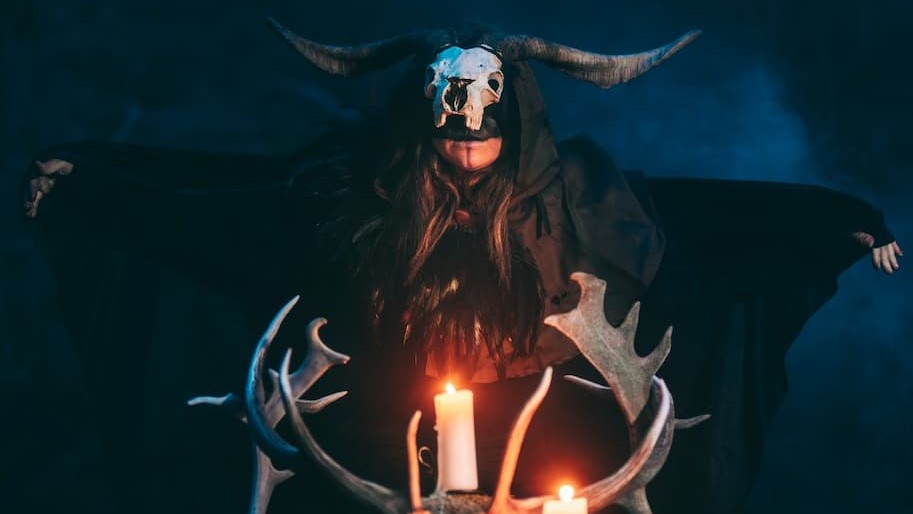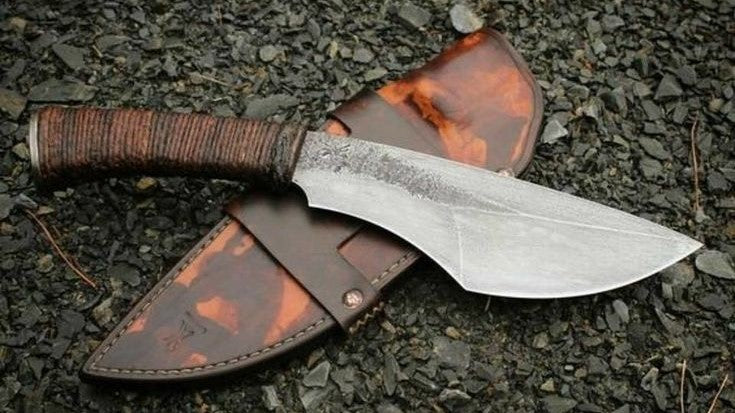
Embracing Viking Craftsmanship: Crafting Your Own Blade
In the days of yore, Vikings were not just warriors but skilled craftsmen, adept at forging their own weapons, including knives and axes. With a deep respect for their tools and a keen understanding of the materials at hand, they crafted blades that were not only functional but also works of art, imbued with the spirit of the Norse gods themselves.
So why not follow in their footsteps and embrace this noble tradition? By crafting our own blades, we not only pay homage to the craftsmanship of our ancestors but also gain a deeper appreciation for the tools we wield in our daily lives. From the selection of materials to the final honing of the edge, each step in the process is an opportunity to connect with the spirit of the Vikings and unleash our own creativity and skill.
Firstly, let's gather our materials. A high-quality steel blank serves as the foundation of our creation, offering durability and resilience. Next, we choose the handle material, whether it's rich hardwood, sleek micarta, or vibrant acrylic, the choice is yours, and the possibilities are endless. Don't forget the pins and epoxy to secure the handle firmly in place.
Now, onto the shaping process. With a steady hand and a keen eye, we begin the transformation of our raw materials into a functional work of art. Using a combination of files, sandpaper, and perhaps even a belt sander if available, we meticulously sculpt the blade and handle to our desired shape and dimensions. Patience is key here; take your time and let the blade reveal itself to you.
Once the shaping is complete, it's time to temper and heat treat our blade. This crucial step ensures that our knife achieves the optimal balance of hardness and flexibility, making it both durable and functional. Exercise caution during this process, as the temperature control is paramount to the blade's performance.
With the tempering done, we move on to the final touches. A keen edge is honed meticulously with sharpening stones, each pass bringing our blade to razor-sharp perfection. Take pride in your workmanship as you admire the gleaming edge of your creation, ready to tackle any task with precision and grace.
Finally, we secure the handle to the blade, ensuring a snug fit that will withstand the test of time. With a few well-placed pins and a generous application of epoxy, our knife is complete. And when the final touches are complete, and our blades gleam in the light, we can take pride in knowing that we have created something truly special—a blade that not only serves as a tool but also as a symbol of our connection to the past and our commitment to the craft.

